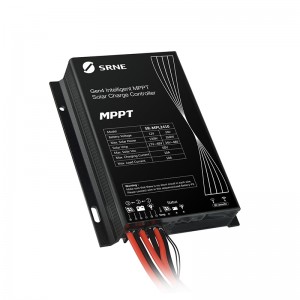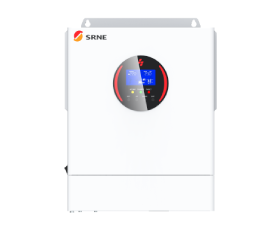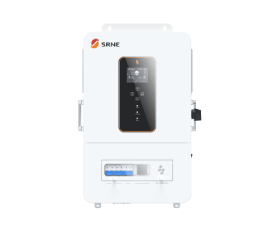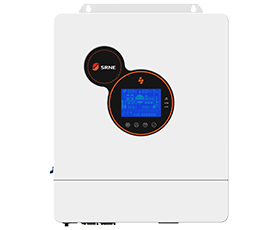How to Choose a Solar Charge Controller
A solar charge controller is a device which controls the charge by properly managing the current and the battery voltage. Solar charge controllers protect the battery and ensure the photovoltaic system efficiency to deliver longer life.
It’s important to choose the right charge controller in terms of size and features. For remote systems, reliability and performance are very important considerations. Lower cost solar controllers are often not going to be the most reliable and may not meet vital charging requirements. Poor performance or reliability can end up costing many times over the cost of the solar charge controller in terms of replacement of the battery bank, site visits and loss of operating time.

Features
MPPT Solar Universal Controller MPL2410An ideal solar charge controller should have the following features:
1、It should come with an advanced microprocessor control unit that can automatically detect voltage and act accordingly by adjusting its internal workings in real-time.
2、It should come with a buck regulator that would allow it to be used in solar power harnessing systems with a full power output range.
3、It should be able to protect the system in case the polarity is reversed due to a fault in the system.
4、It should be able to protect the battery unit(s) from both overcharging as well as discharging prematurely.
What is the Solar Charge Controller Size I Need?
How to select a solar charge controller, mainly is focused on choosing the appropriate size. Choosing a solar charge controller large in size to work is a must so that it produces the required power and current at any point in time. The solar charge controller is dealt with depending on its size. The rate and size of the charge controllers depend on the amps received and the voltage liberated from the solar system.
Thus, the sizing of a solar charge controller is involved in getting a big charge controller so that the power and current generated by the solar system are sufficient enough. The PV charge controllers are in multiples of 12, up to 48 volts.
The ratings of amperage can be 1-60amps and the voltage from 6-60 volts ratings. In case the volts and the amps of a solar system are different, it is a must to have a solar charge controller meeting the amps requirement.
Nevertheless, there are factors to consider such as increased sporadic current levels and light reflection. It means an additional 25% must be taken into consideration such that the PV charger controller should have 17.5 amps at least.
Thus, for a 12-volt requirement, a charge controller of 20 amp is required. Having higher controller amps helps, regardless of your solar energy system size increase.
How to Select a Solar Charge Controller?

Below are the few important factors that you need to consider when selecting a suitable charge controller.
1. Energy Needs
If you need a solar energy system to power up your home or an office building or factory , i.e. for lighting, cooling and heating purposes then an MPPT charge controller would be a more ideal choice. MPPT charge controllers can comfortably handle higher current and utilize it effectively. They also come in handy when future plans involve scaling up the solar power system by acquiring more solar panels.
However, if you are using solar power for a smaller solar power system such as charging handheld devices, and lighting a single or few rooms, then a PWM charge controller is recommended.
2. Budget
If you are budget conscious and your electric energy needs are not really high, then going for a PWM would be more cost-effective since MPPT charge controllers tend to be more costly.
Usually, different manufacturers offer different prices and more features based on the money you choose to spend on a solar charge controller.
3. Temperature
Temperature plays a major part in the efficiency of solar charge controllers. PWM performs best in warm climatic conditions since they are designed to operate at battery voltage. But, MPPT works best in cold and hotter climatic conditions and when the battery is low since they can operate above the battery voltage.
4. Installation
PWM charge controllers have a less complicated connections when compared to MPPT charge controllers. Due to their complex nature of MPPT charge controllers, you may find it hard to install when compared to PWM charge controllers. If you find it difficult to install MPPT charge controllers, you will have to hire an expert which means extra costs added to your budget.
5. Product Warranty
You have to make sure that your charge controller is covered under warranty before obtaining it so that, in case if anything goes wrong, you have the option to take it back or have it freely repaired or get replaced based on the warranty.
1 year or more is considered ideal. Nowadays, most of the charge controllers come with a 1-year warranty. During purchase, find out the terms and conditions governing your warranty to avoid violating them.
6. Safety
Remember, your safety is always the main priority. Some people consider solar energy as less dangerous when compared to mains electricity power supply, hence don’t consider it as life-threatening. But actually it is more dangerous.
There have been reports of several accidents in the past resulting from solar power. To avoid this, if you are not sure about how to handle the technical details involving a charge controller, battery and solar panel, just seek professional services.






























































































